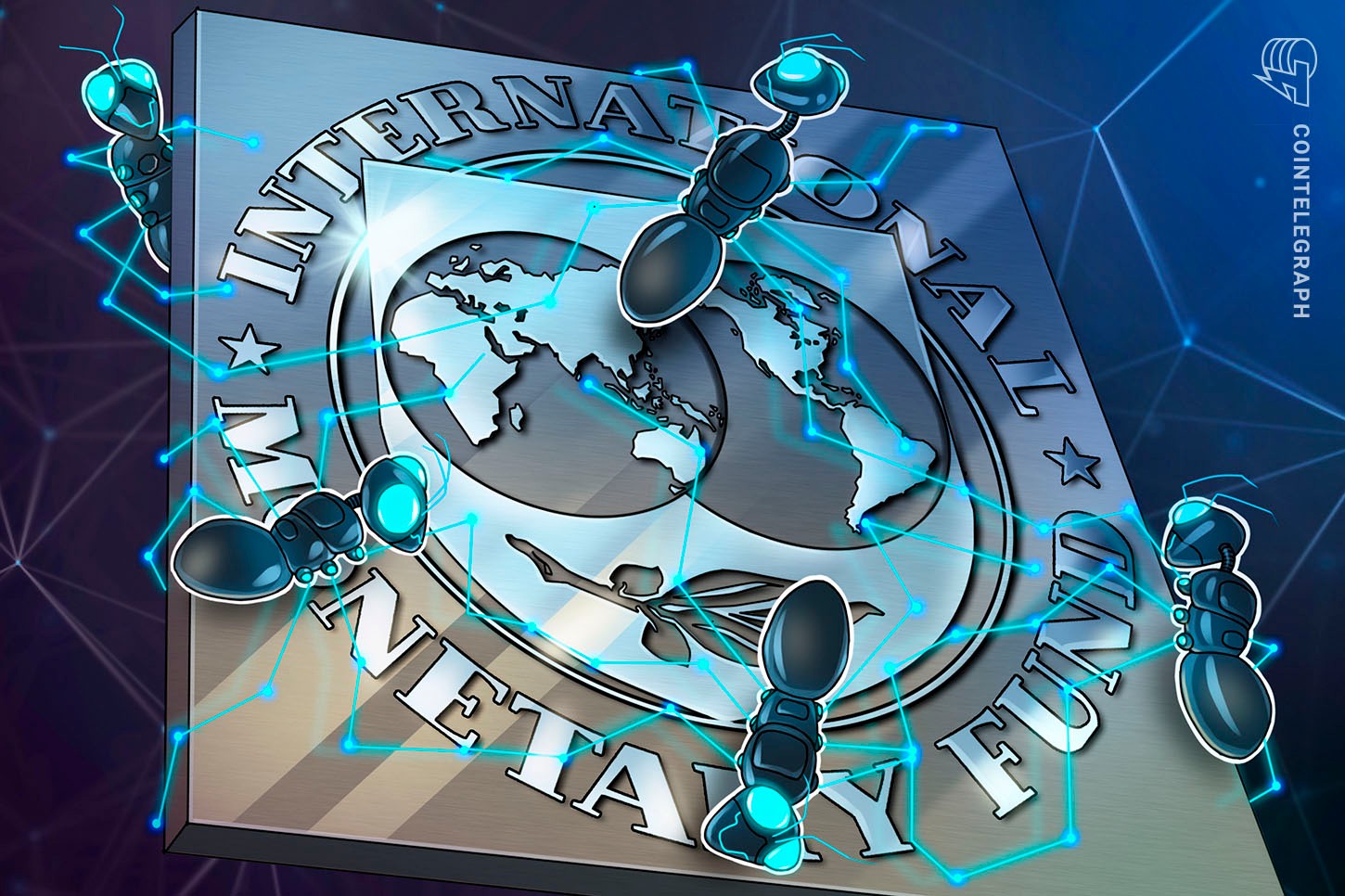
Explore the IMF’s objectives, governance structure and key functions in promoting global financial stability.
Maintaining stability in the international financial system is essential for sustaining economic growth in a connected global economy. In this context, the International Monetary Fund (IMF) is essential for fostering international monetary cooperation, maintaining exchange rate stability and managing financial crises. This article provides an overview of the IMF and its objectives, governance structure and key functions.
What is the International Monetary Fund?
The International Monetary Fund is a global institution with its main office in Washington, D.C. Its 190 member countries represent nearly the entire world. The main objective of the IMF is to promote economic growth and stability around the world by offering its member nations technical assistance, financial support and policy recommendations.
Objectives of the IMF
The IMF’s three main goals are as follows:
- Promote international monetary cooperation: Encourage member country cooperation to achieve stable exchange rates, ease global trade and support balanced economic growth. This is done through the IMF.
- Ensure stability in the international financial system: The IMF strives to avoid and manage financial crises by offering financial assistance to member nations experiencing balance-of-payments issues. This helps to ensure stability in the global financial system.
- Provide capacity building and policy recommendations: The IMF helps its member nations strengthen their financial and economic systems in order to advance sustainable development.
Governance structure of the IMF
The IMF’s governance system guarantees that all of its member nations are represented and have equal access to decision-making. The essential components of the IMF consist of:
- Board of Governors: The board of governors, which is made up of members from each member nation, convenes once a year to deliberate and decide on IMF guidelines.
- Executive Board: The executive board, which consists of 24 executive directors, is in charge of the IMF’s day-to-day operations and decision-making.
- Managing Director: The managing director is in charge of overseeing the IMF’s operations and serving as the organization’s global representative.
Key functions of the IMF
The IMF does a variety of tasks to achieve its goals, including:
- Monitoring and policy advice: The IMF regularly evaluates the economic and financial health of its members and offers recommendations on how to foster stability and manage weaknesses.
- Financial support: The IMF offers financial assistance to member nations experiencing balance-of-payments issues in the form of loans or programs, assisting them in putting required reforms in place and stabilizing their economies.
- Capacity development: Through research, training and policy guidance, the IMF helps member nations develop their institutional and technical capabilities, enhancing their potential for economic growth and policymaking.
- Data and research: To promote transparency, the IMF publishes reports and projections as well as gathers and analyzes economic and financial data on a worldwide scale. It also undertakes research to better understand and address economic concerns.
Related: IMF optimism in Central African Republic, despite Bitcoin adoption
IMF’s perspective on digital currencies
The IMF recognizes the potential benefits and risks associated with digital currencies. In its reports and statements, the IMF has highlighted several key considerations regarding digital currencies:
Financial inclusion
The IMF recognizes that digital currencies, in particular, central bank digital currencies (CBDCs), have the potential to improve financial inclusion by giving unbanked populations safe and convenient access to financial services.
A new IMF post warning against "crypto asset adoption" claims that CBDCs "can improve financial inclusion and lower remittances' costs." Does that ring a bell, anyone?
— JAN3 (@JAN3com) June 22, 2023
Avoid the CBDC trap, choose #Bitcoin instead! pic.twitter.com/emmTRGO4u7
Innovation and efficiency
Digital currencies have the potential to bring about technological advancements that could increase the speed and efficiency of financial transactions, cross-border payments and remittances.
Risks and challenges
The IMF has also emphasized the risks and difficulties related to using digital currency. Consumer protection, financial integrity, Anti-Money Laundering measures, cybersecurity and financial stability are a few of these issues. In order to reduce these risks, the IMF underlines the need for effective regulation and oversight.
Cross-border implications
The IMF is aware of the cross-border effects of digital currencies, including possible difficulties with regard to monetary policy, exchange rates, capital flows and international cooperation. It emphasizes the value of global coordination and cooperation in resolving these difficulties.
Central bank digital currencies (CBDCs)
The IMF is intensively researching CBDCs and their possible effects on the world financial system. It highlights the importance of carefully planning and implementing CBDCs to ensure their consistency with goals for monetary and financial stability.
Related: IMF to publish CBDC handbook in response to increasing demand for guidance

You can get bonuses upto $100 FREE BONUS when you:
💰 Install these recommended apps:
💲 SocialGood - 100% Crypto Back on Everyday Shopping
💲 xPortal - The DeFi For The Next Billion
💲 CryptoTab Browser - Lightweight, fast, and ready to mine!
💰 Register on these recommended exchanges:
🟡 Binance🟡 Bitfinex🟡 Bitmart🟡 Bittrex🟡 Bitget
🟡 CoinEx🟡 Crypto.com🟡 Gate.io🟡 Huobi🟡 Kucoin.




















Comments